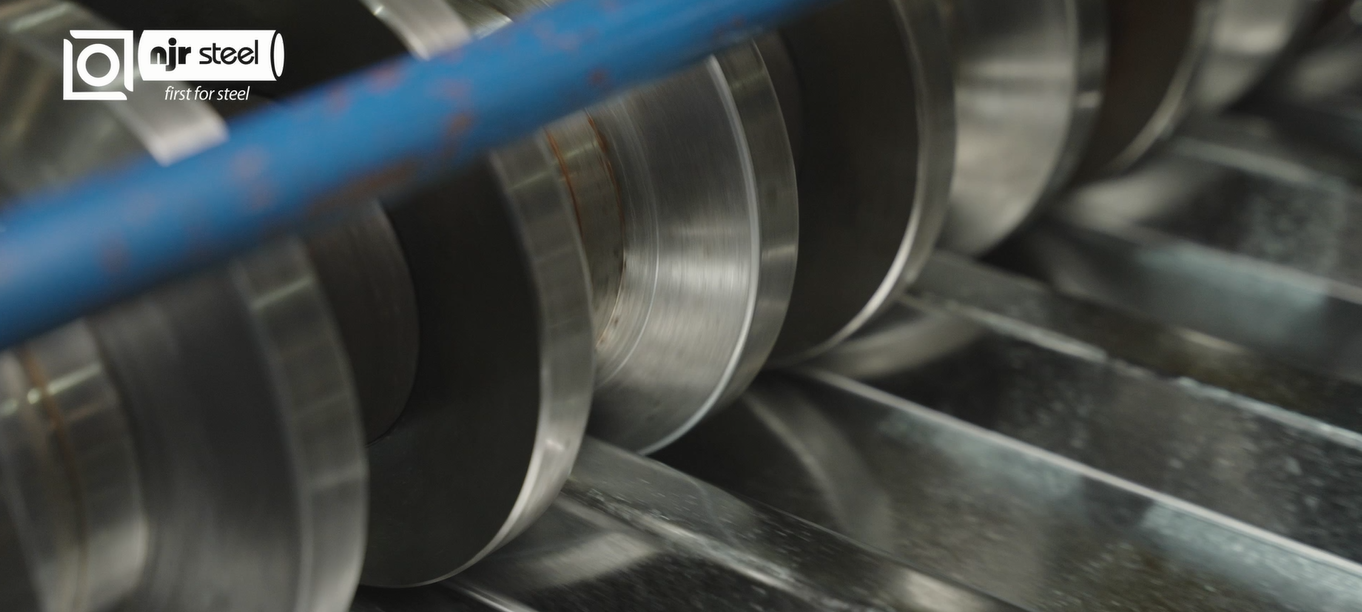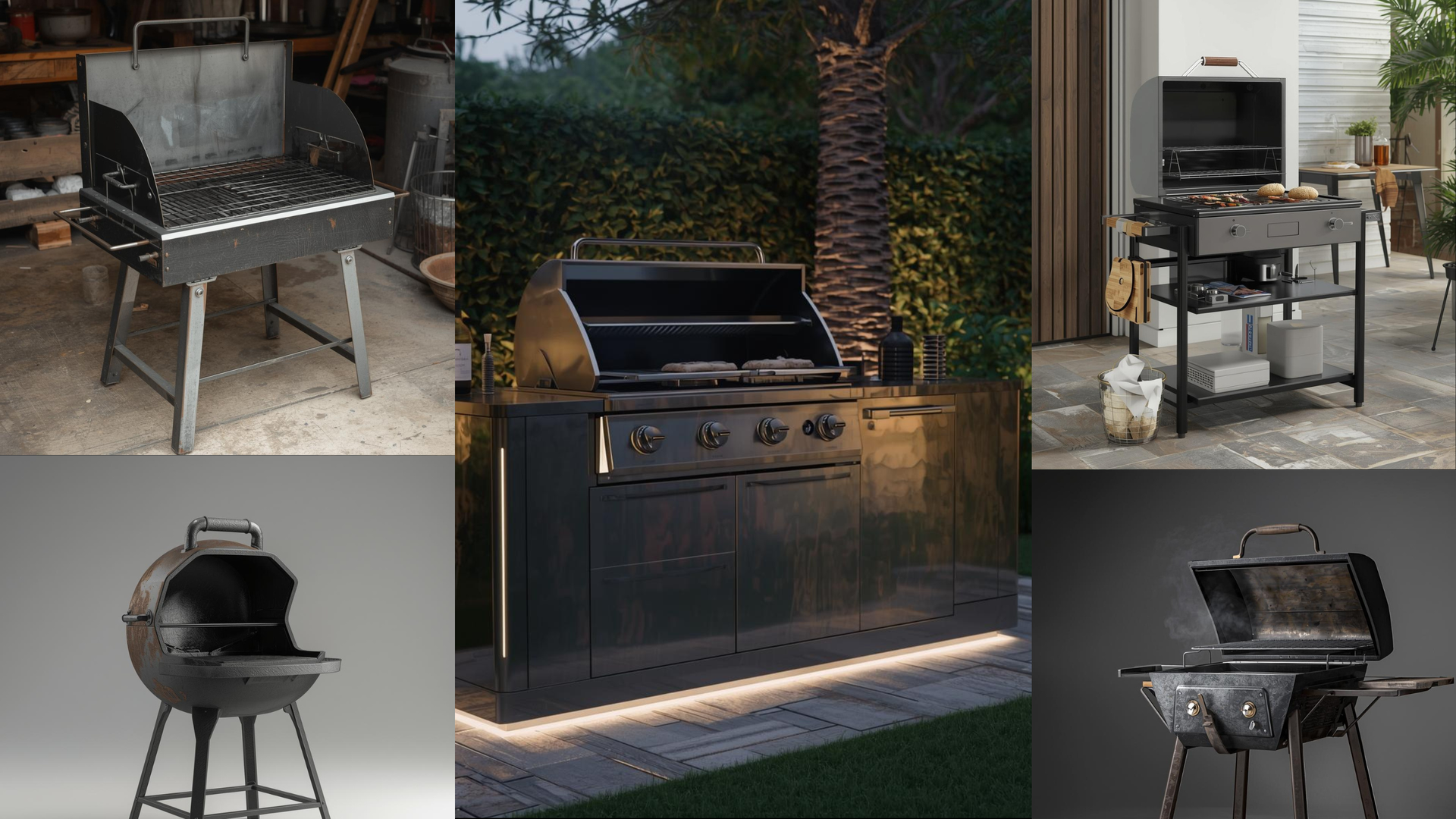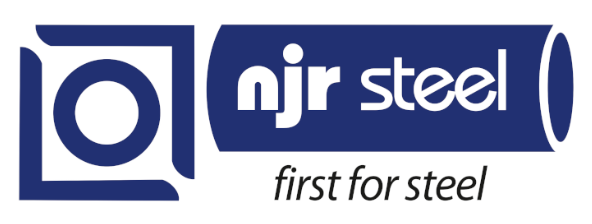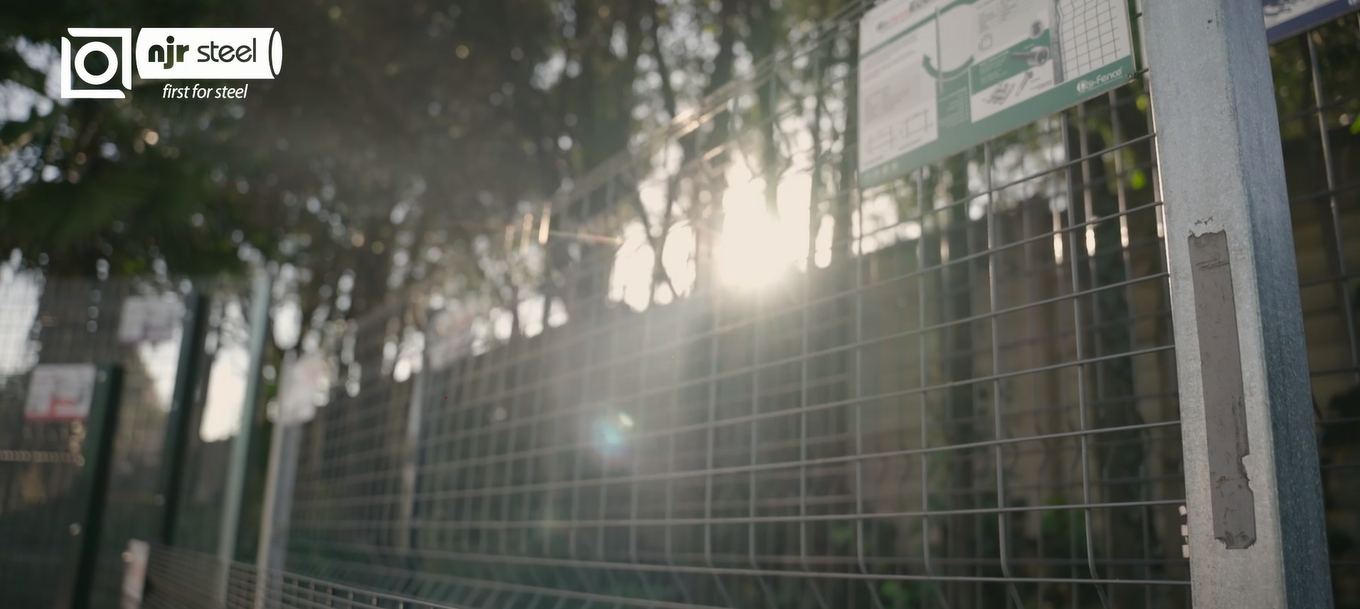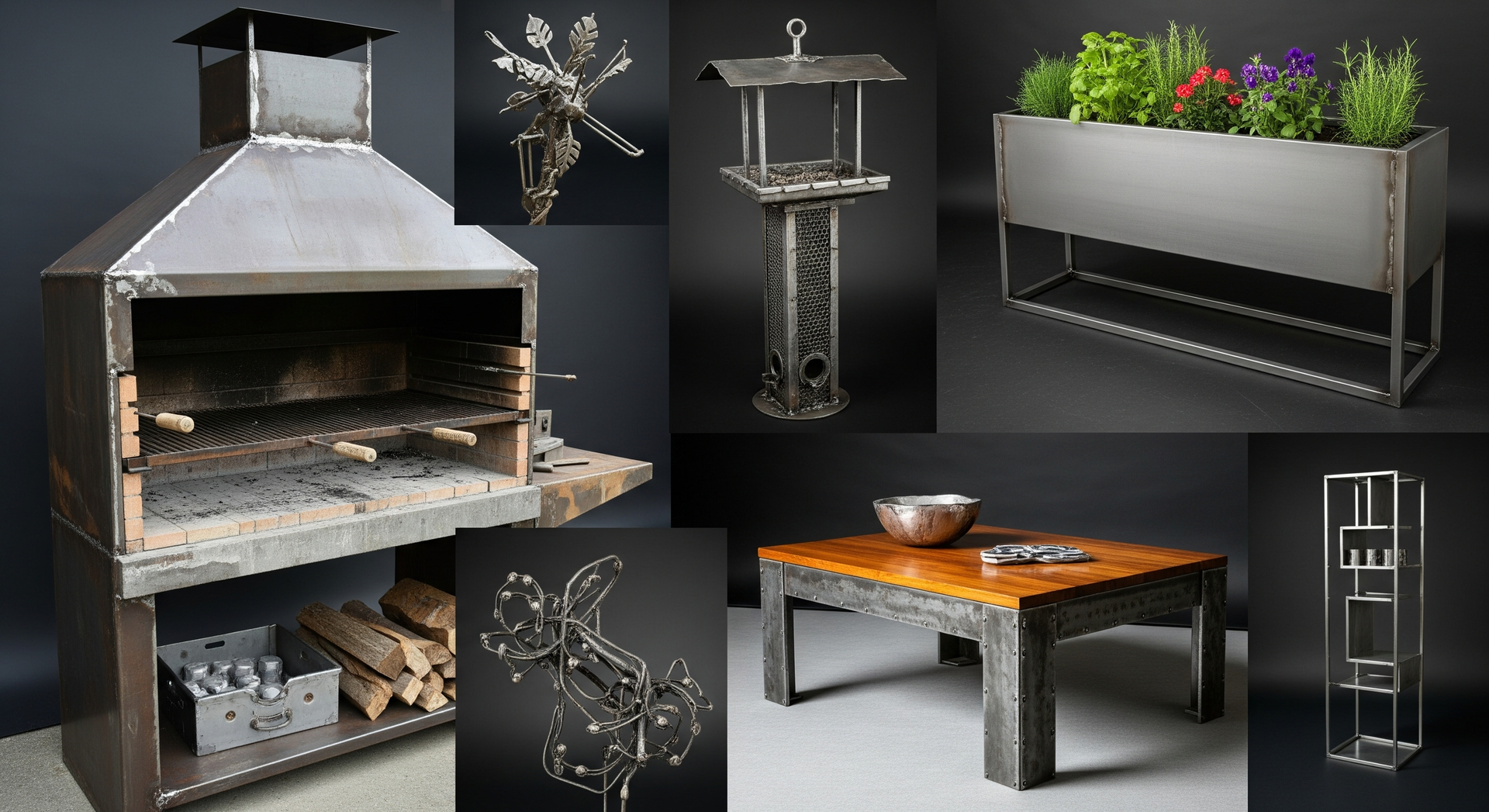Steel At The Core of A Greener Economy
Steel At The Core of A Greener Economy For South Africa
Steel plays an integral role in producing and distributing renewable power, with steel being essential in manufacturing the structures that facilitate the production of renewable energy.
Solar farms, hydro-electric dams, wind turbines and tidal turbines are all steel-intensive infrastructure, specifically in solar and wind power where
each new MW of solar power requires between 35 to 45 tons of steel, and
each new MW of wind power requires 120 to 180 tons of steel.
This highlights how the
steel industry is perfectly positioned to reap the benefits from the renewable energy push.
While steel might be considered an emissions-heavy industry, steel is
one hundred percent recyclable
with a
potentially endless lifecycle. It is also the
most recycled material in the world.
Considering its usage and lifecycle in the renewable energy sector,
steel more than makes up for its carbon footprint over its lifetime. An example is how
a three-megawatt wind turbine can deliver 80 times more energy over 20 years than was used in its production and maintenance materials.
Over the last ten years many world-renowned steelmakers have also launched unique products designed for superior strength and high durability. These characteristics are essential for specific-use in solar and wind structures, which are constantly exposed to extreme weather conditions. Surging investments in renewable energy projects in China are also sending a bullish signal to the country’s steel sector, especially regarding steel products suitable for solar and wind power generation structures. According to the International Energy Agency (IEA) China dominates the global solar PV supply chain after having invested over $50 billion developing supply capacity.
Currently, China’s share in manufacturing components of solar panels is more than 80%. Even if demand is being created, it will still take time to establish the local capacity to respond to that demand, while also having to compete with low-cost Chinese suppliers.
A Global Push Towards Renewables.
Investment Shifts Towards Renewables
It’s undeniable that
a global energy transition is underway with governments and big players in mining, oil, gas and electricity announcing
significant investments and strategic moves towards renewable energy growth.
According to the BP Statistical Review of World Energy (2022),
our global renewable energy generation has almost doubled in the last ten years with further increases forecast. “By 2026, global renewable electricity capacity is forecast to rise more than 60% from 2020 levels to over 4 800 GW –
equivalent to the current total global power capacity of fossil fuels and nuclear combined.” Says the IEA.
Renewables are set to account for almost
95% of the increase in global power capacity through 2026, with solar PV alone providing more than half. This is primarily driven by legislated support through government policies and more ambitious clean energy goals announced before and during the COP26 Climate Change Conference.
“This year’s record renewable electricity additions of 290 gigawatts are yet another sign that
a new global energy economy is emerging,” said IEA Executive Director Fatih Birol.
South Africa’s Renewable Energy Transition
South Africa has seen notable growth in renewable energy funding and focus, specifically since the introduction of the Renewable Energy Independent Power Producer Procurement Programme (REIPPPP) in August 2011.
In three years, South Africa procured more investment in independent power generation than had been achieved across the African continent for the past 20 years (Eberhard et al 2014). The demand is also clear, with load shedding in 2021 overtaking 2020 as the most intensive year of load shedding to date and Eskom making stronger moves towards the renewables market.
While Coal still dominates the South African energy mix, providing just over 81% of the total system load, the contribution of renewable energy technologies increased in 2021 to a total of 5.7 GW installed capacity and provided almost 7% of the total energy mix. This is only the beginning of a determined and incentivised government push towards renewable energy.
Ramaphosa’a Energy Crisis Plan Sparks Change
An important step forward for the South African renewable energy market is the recent announcement by President Cyril Ramaphosa, putting in place an Energy Crisis Plan with much needed measures to tackle South Africa's energy gap and to put an end load shedding.
His measures promised to “fundamentally transform” the electricity sector. These range from getting rid of licensing requirements for private energy projects that feed into the electricity grid; to allowing Eskom to buy power from existing independent power producers such as mines and paper mills, and to import power from neighbouring countries; to doubling the power to be procured in round six of the government's renewable energy procurement program.
Certain regulatory requirements will also be waived or streamlined – including the regulatory requirements for solar projects in areas of low and medium environmental sensitivity which further signals positive growth for the local solar market. Government also wants to encourage more businesses and households to opt for rooftop solar PV installations by incentivizing them to sell power to Eskom with the feed-in tariff.
The National Planning Commission (NPC) has also weighed in on the electricity crisis. Its plan calls for 10 000MW of wind and solar power and 5 000MW of battery storage to be built as an urgent priority.
Duncan Wanblad, the South African-born CEO of Anglo American, said the reforms announced by the president add to huge strides the country has made in renewable energy, which will help smooth the way for the Anglo group's highly ambitious energy strategy. The global mining company has announced significant decarbonization plans aimed at carbon-neutrality by 2040, including the planned construction of on-site solar plants and off-site regional wind farms for the development of a renewable energy ecosystem for green hydrogen production in southern Africa.
“This is more than just about energy. This could unlock much bigger opportunities in terms of hydrogen corridors, transport routes, supply chain infrastructure, which would not serve only us, but southern Africa really well,” stated Wanblad in an energy outline presentation in July.
Another boost for local the renewable energy market is major Eskom coal supplier Seriti Resources recently acquiring a 51% stake in renewable energy company Windlab Africa for R892 million. "The acquisition is a timely and strategic addition to our existing and valuable portfolio of coal assets. Our commitment to the responsible and reliable production of coal for both domestic consumption and exports remains unwavering," Seriti CEO Mike Teke said in a statement.
It said that in line with the commitments made in the agreement with Eskom and Exxaro, it will start using renewable wind and solar energy in its own facilities through the signing of power purchase agreements in 2023. "We need to be moving towards a lower carbon future through investing capital from coal into green energy. It is not only the right thing to do, but it makes business and societal sense," said Teke.
In addition to this, The National Energy Regulator of South Africa (Nersa) has registered 16 new renewable generation facilities, which use the new licence exemptions. According to Nersa, 11 of the facilities will generate electricity for their own use, and five will generate for commercial use. Most of the applicants will connect to Eskom's network, while four will connect to municipalities.
The biggest project registered is an 80MW solar plant by Lephalale Solar and will connect to Eskom's grid. Second is the Msenge Emoyeni Wind Farm, with a capacity of 72MW, which will also connect to Eskom's grid. Nersa has approved 216 registration applications since the legislative change. The total investment cost is approximately R452 million, Nersa said.
Steel At The Foundation of South Africa’s Greener Future
It is clear that the future of energy is where steel megastructures can power entire regions using renewable power. This presents a new and exciting area for sustainable growth in South Africa, where Steel is the foundation.

